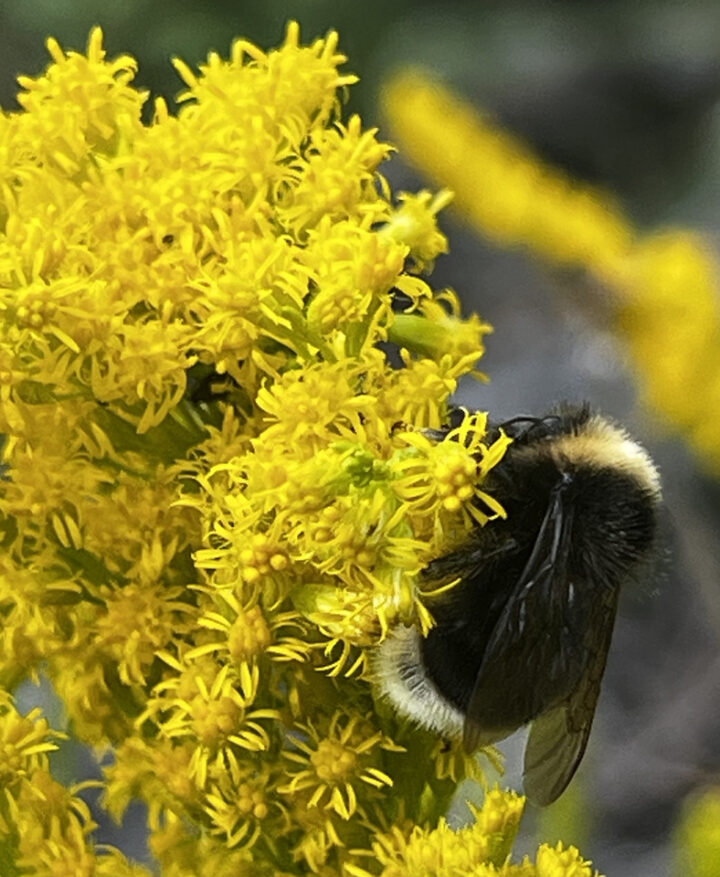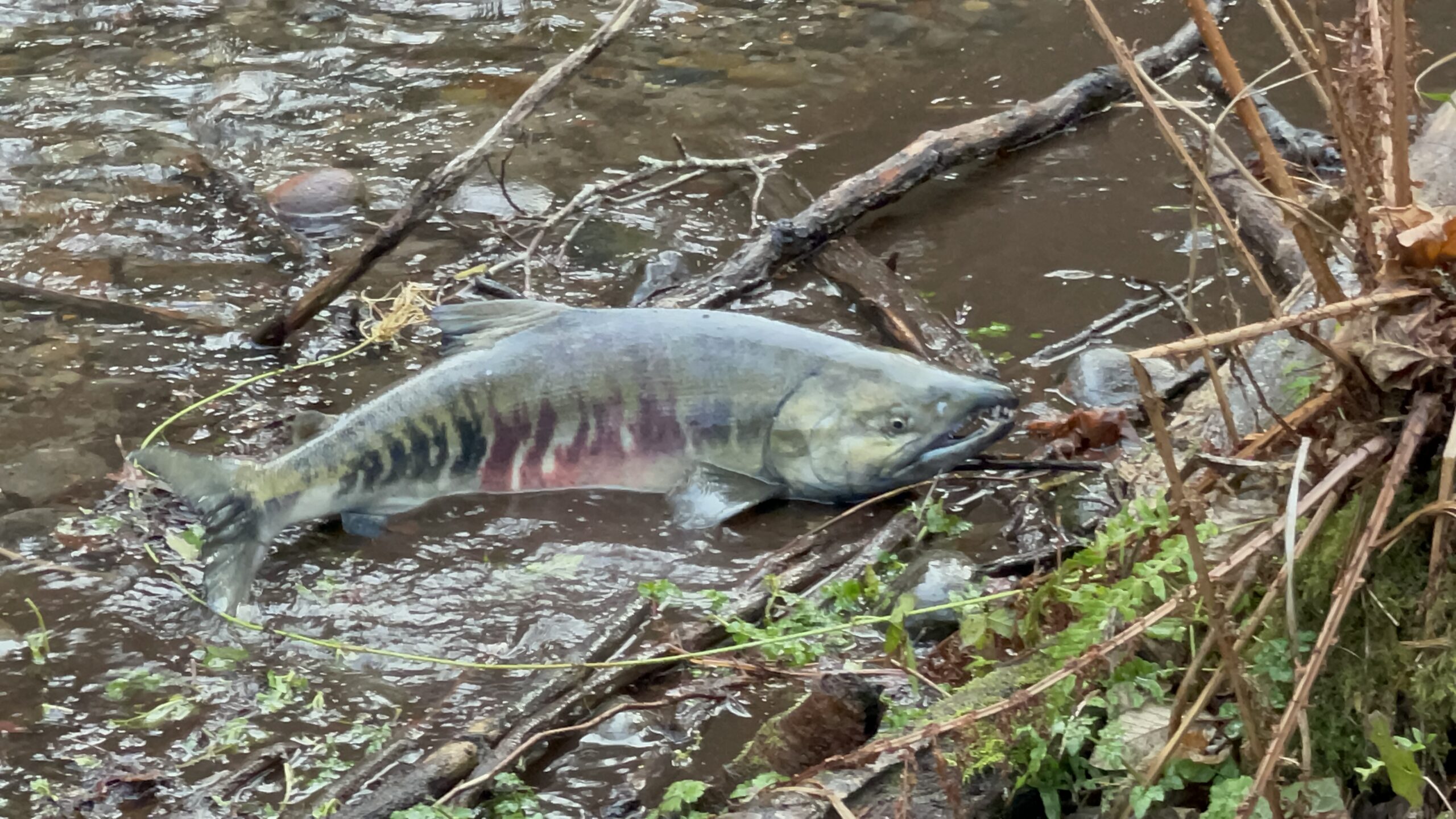Species Spotlight: Northern Alligator Lizard (Elgaria coerulea)
This month, we cast the Species Spotlight on the Northern Alligator Lizard!

The northern alligator lizard is one of only two lizards in Washington state with square scales and folds on the side of its body. Its dark eyes help differentiate it from the southern alligator lizard.
The northern alligator lizard looks exactly like one might think- akin to a baby alligator. It is known to be a bit secretive and is rarely seen in the open. Luckily, our Stewardship Manager Jake was able to spot this one up close while visiting one of our properties!
Physical Description
This is one of two alligator lizard species commonly found in Washington. Both species differ from other lizards in Washington in that they have square scales and folds on the sides of their body. Although the northern alligator lizard can vary greatly in color, it is typically gray-brown to brown with dark brown eyes. This is one way to differentiate it from the southern alligator lizard, which has yellow or gold eyes.
The northern alligator lizard can grow up to nearly 4 inches long and has a long tail, which it can easily shed if threatened by a predator. For example, the northern alligator lizard is often preyed on by house cats. In this situation, the lizard drops its tail, which will continue to wriggle around, distracting the cat and providing an opening to escape.
Tail loss can negatively impact its reproductive ability and make it more vulnerable to adverse environmental factors. However, in most cases the tail will regrow in a matter of weeks.

The northern alligator lizard has a long tail, which can be shed if threatened by a predator.
Habitat
The northern alligator lizard typically prefers cool temperatures and forested habitat, especially rocky openings, grassy areas, and woody debris. It is known for being adaptable to various conditions. Although it is not currently threatened, the northern alligator lizard can be impacted by large-scale habitat destruction with increasing development.
Habitat Restoration and Protection
Much of our work at the Nisqually Land Trust includes habitat restoration projects to restore and protect forested land. By acquiring forested areas, removing invasive plants, and planting native trees and shrubs, we work to create and conserve healthy habitat for the many species that call the Nisqually Watershed home.









